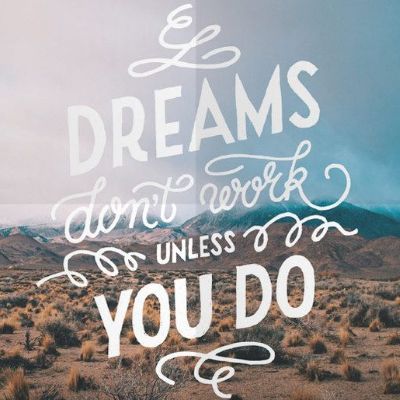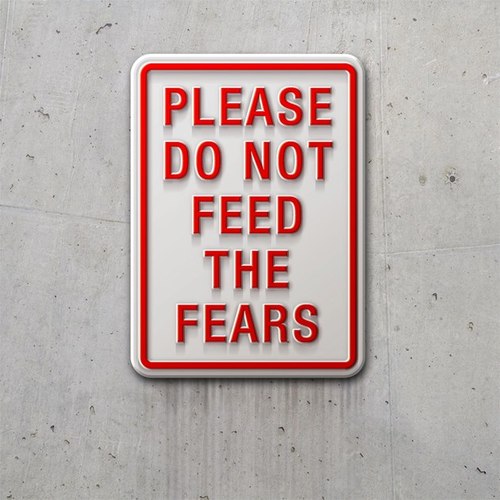I’m convinced my mother is one of the last vestiges of the true Southern Belle. Throughout our childhood, and I’m sure throughout her marriage to my father, she has cooked delicious homemade meals, baked sinfully tasty homemade goodies, kept a spotless house, and extended a helping hand to anyone near her as she was able. All this while usually holding down a full-time job, and for several years, homeschooling at least one child. The woman radiates courtesy and hospitality, and she made sure that all of her children did, too.
To that end, one of my fondest childhood memories was when she sat me down at a young age–probably six or seven, but don’t quote me on that–and began giving me etiquette lessons. She taught me the dos and don’ts necessary to anyone interested in being a part of civilized society–you know, shaking hands, holding open doors, offering our seats to pregnant women and the elderly, keeping our nose out of other people’s affairs, etc. I’m sure that as a small child I found these lessons rather dull, but as a grown woman I’m extremely thankful that my parents took the time to instill a sense of common courtesy and decency in all three of their children.
Unfortunately, judging by what I encounter on a day to day basis, most people didn’t receive as formal an education as I did in the area of politeness. Or maybe they didn’t receive an education on the subject at all.
There are plenty of everyday, real world examples I could share that would have you all nodding and mmhmming in universal agreement–a man slamming a door in my face, ignoring my box filled arms; someone with a full grocery cart barreling in front of me to cut in line at the 10 Items or Fewer line–but that’s not really what this post is about. I don’t think I need to vent my frustrations for those universal kinds of breaches in the social order, because we’re all acutely aware of them. We probably all see them at least once a day.
No, the issue here is a little more specific. The issue here is how we as a society treat creative professionals.
When I say creative professionals, I’m not talking about Stephen Spielberg or B.J. Novak or the New York Symphony or John Green, at least not exclusively. I’m talking about anyone who uses their mind, heart, and body collectively to create something–a painting, a novel, a souffle, a song, a pair of baby booties–and then sells their creations. They don’t have to be a household name to be a creative professional. They don’t have to be well-known, or a millionaire, or self-sustaining. They don’t even have to turn a profit. If they have, even once, exchanged their work for cold hard cash, they’re a creative professional.
Now that I have my terms defined, here’s the problem with how we as a society treat creative professionals:
We treat them poorly.
I didn’t realize this until I became one myself, but it’s quite true. We do. I’ve witnessed and experienced it first hand, on social media and in the flesh-and-blood real world, both passively and overtly. I don’t whine or stomp my foot about it when it happens, and I’m not whining or stomping my foot now. Honestly, I’m more upset when I see my friends affected by it than when I’m the target. I’m just trying to find a reason behind the madness, and through that, a possible means to put an end to it.
I’d like to think that the perpetrators of this chronic rudeness towards creators of all types–writers, painters, crafters, chefs, musicians, and the like–don’t realize what they’re doing, and often, that’s what I make myself assume. They just didn’t have an upbringing like I did. They weren’t taught to think before they speak, or to hold their tongue and be diplomatic if their opinion was both negative and unnecessary to the situation. And I will continue to assume this about people who choose to be rude and condescending to those who create.
But I will also point out rude and condescending behavior when I see it. Not to the perpetrator’s face, and not in a way that would betray my own responsibility to courtesy, but right here, right now, with this list of things you should never say to creators.*
*Well, you shouldn’t say them to ANYONE , actually.
“I don’t want to buy your book, but I’d still like to read it. Can you lend me a copy?”
I can (sort of) understand the reasoning behind this statement if the author in question is somehow personally connected to you–a friend or an acquaintance, or maybe a distant cousin of some kind. Perhaps you want to show your support, but you either a) don’t have the financial ability right now or b) aren’t all that interested in the book itself. Maybe you think offering to read it is a kind gesture. If they still only had a manuscript and were asking for volunteers to do a read-through, it absolutely would be a kind gesture.
But they’ve already made it through that step. They have a real book (or eBook) that they’re selling for real money in a real marketplace. It’s a product now, a product they’ve spent hundreds (or maybe even thousands) of hours honing, and they’re ready for all that hard work to pay off. The last thing they want to hear is that their own friends and family don’t think it’s worth buying. Especially when they’re 99.9% sure you wouldn’t walk into a retailer with a similar request.
If you’re ever in this situation, try one of the alternatives listed below instead:
“Wow, a completed book! That’s quite an accomplishment. We’re very proud of you. I hope to pick up my own copy soon.”
or
“Wow, a completed book! That’s quite an accomplishment. We’re very proud of you. YA literature isn’t really my thing, but I wish you success!”
or
“Wow, a completed book! That’s quite an accomplishment. We’re very proud of you. I have a niece who loves YA literature, I’ll be sure to tell her about this series!”
“I read your book and I absolutely loved it. Did you know there were some typos, though? Here, I made a list of all of them so you can see.”
I’ve only had this happen to me once or twice and it didn’t really make me angry, for two reasons: 1) there were some typos in my book and 2) the person obviously meant well.
Here’s the thing: with books (and with other types of art, too), sometimes you don’t catch mistakes until it’s too late. You miss the smudge or the snagged thread or the burnt edge of bread and you don’t notice it until someone has already started consuming what you’ve created. At that point, you are more acutely aware of every single imperfection than ever, and you have zero ability to fix it.
We creators know that by pointing out these flaws, you’re only trying to help. But it isn’t constructive to point out errors once it’s out of our hands.
If you were viewing an album full of your friend’s wedding photos, for example, and you happened to notice that in several of the shots, she had spinach stuck in her teeth, would you say, “These are beautiful photographs, Phyllis. I absolutely loved them. Did you know you had spinach stuck in your teeth in half of them, though? Here, I dog-earred all the pages so you can see.”
It’s kind of the same thing here. There’s nothing that can be done about the typos or the smudges or the snags or the burns. The most polite thing to do here is just keep mum about them.
Most of the condescension that creative people encounter on a regular basis are variations on these two themes. Most of them come from well-meaning friends and family members who honestly don’t understand that what they’re saying is hurtful.
But there are also comments from strangers, too. Things like
“You’re charging money for this? I could make this myself at home for next to nothing.”
and
“My sister paints better than that, and she’s never even taken an art class.”
and
“It’s nice that you write. I bet your family and household suffer from that!”
and
“I won’t buy my son books, because reading is for girls. I need to find him boy stuff.”
Etc.
All that is to say, if you encounter a creative professional doing their best to sell what they have crafted with their own hands, heart, and mind, consider this before you open your mouth. Is what you’re about to say constructive or helpful? Is it something that you would welcome, were it you on the other side of the table or the Internet, doing your best to fulfill your passion? Is it something that a Southern belle, etiquette-minded mother would approve of?
If not, consider holding your tongue, just this once. You might not think that art is important, and when it comes to the basic, biological survival of mankind, I suppose it isn’t. C.S. Lewis has voiced this sentiment best, so I’ll close with his words:
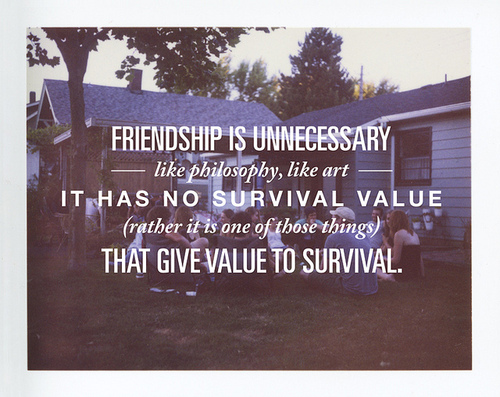
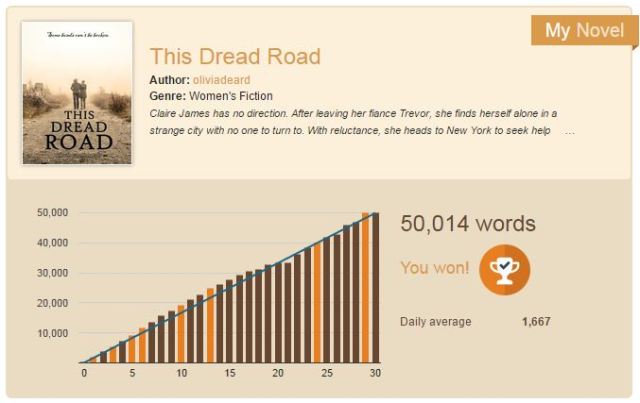
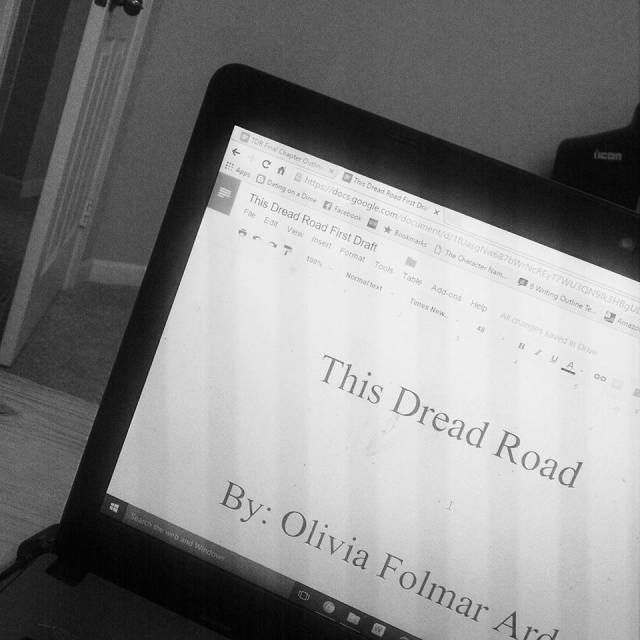


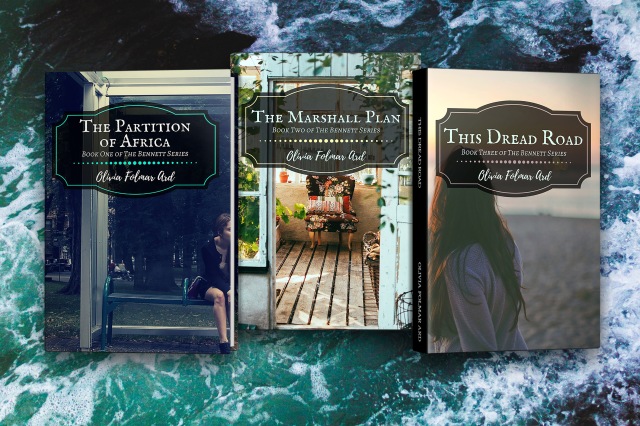

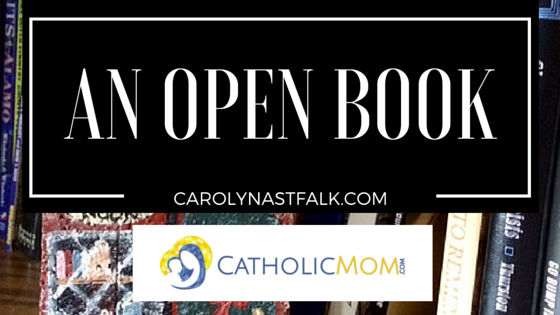
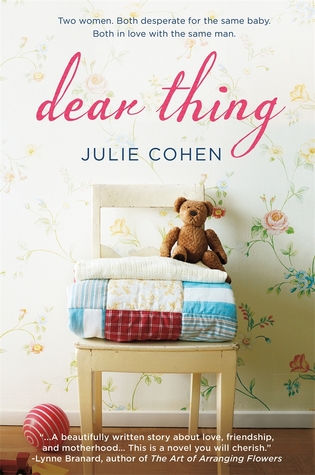
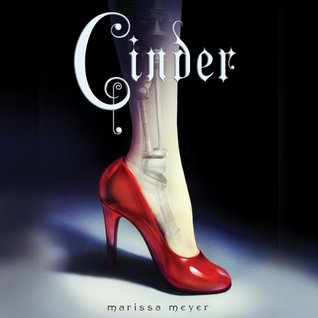
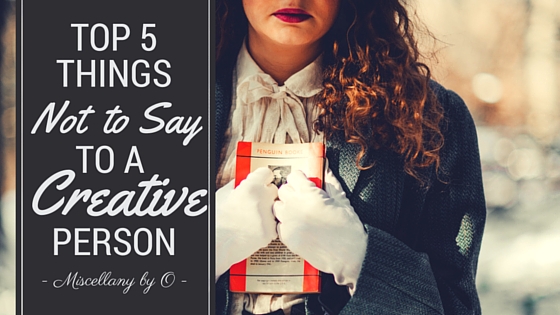
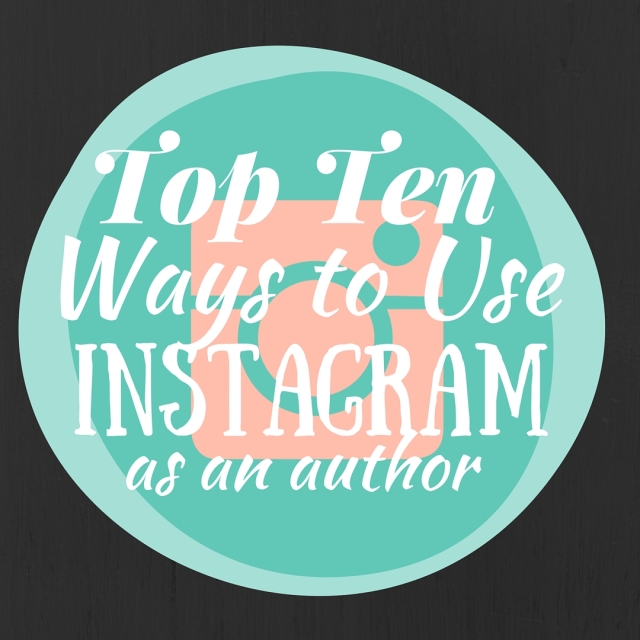 I’ll admit, for a long time I didn’t really see the point of Instagram as an app unto itself. I basically just used it as a photo editing app for everything I wanted to post to Facebook. I never only posted a photo on Instagram. I rarely added captions, and never utilized hashtags. I let people follow me and I followed them back, but I never checked the feed or interacted with others.
I’ll admit, for a long time I didn’t really see the point of Instagram as an app unto itself. I basically just used it as a photo editing app for everything I wanted to post to Facebook. I never only posted a photo on Instagram. I rarely added captions, and never utilized hashtags. I let people follow me and I followed them back, but I never checked the feed or interacted with others.